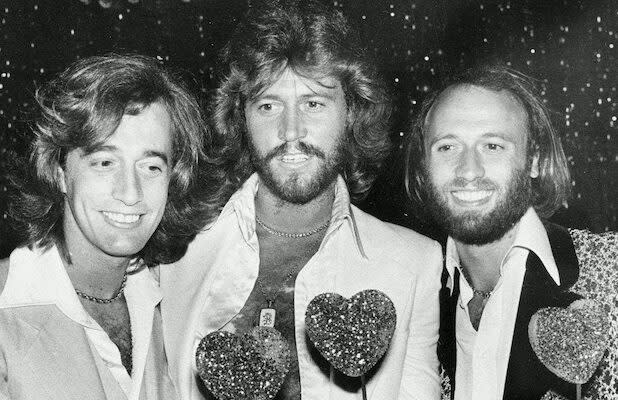
About the song
Bee Gees. A name synonymous with soaring vocals, infectious melodies, and a sound that has transcended generations. But before they dominated discothèques worldwide, the brothers Gibb were a young, untamed force in the British rock scene of the late 1960s. It’s during this period that we find the gem, Mr. Wallor’s Wailing Wall.
---> Scroll down for the VIDEO
Released in 1967, Mr. Wallor’s Wailing Wall is a fascinating glimpse into the early evolution of the Bee Gees. While the band was still very much under the influence of the psychedelic rock movement, their signature harmonies and knack for a catchy hook were already starting to shine through.
The title itself piques curiosity. Who is Mr. Wallor, and what is this wailing wall he possesses? Is it a literal structure, or something more metaphorical? The song doesn’t offer a definitive answer, leaving it open to interpretation – a quality that adds to the song’s intrigue.
---> Scroll down for the VIDEO
One can’t help but be drawn in by the opening riff, a distorted guitar line that sets a distinctly psychedelic mood. This is then layered with the unmistakable Gibb harmonies, still raw and youthful but undeniably powerful. The lyrics, penned by brothers Barry and Robin Gibb, are cryptic and poetic, hinting at a story of longing and disillusionment. The protagonist seems to be drawn to a place called the “wailing wall,” seeking solace or perhaps even escape.
Mr. Wallor’s Wailing Wall is not a typical pop song. It’s a grower, a song that reveals its depth and complexity with repeated listens. The instrumentation is a fascinating blend of rock and roll energy and psychedelic experimentation.
The rhythm section lays down a solid foundation, while the guitars swirl and shimmer, creating a soundscape that is both exhilarating and unsettling. And then there are the vocals. Even at this early stage in their career, the Gibb brothers possessed an undeniable talent for weaving harmonies that could send shivers down your spine.
Mr. Wallor’s Wailing Wall may not be one of the Bee Gees’ biggest hits, but it’s an important song in their musical journey. It showcases their raw talent, their willingness to experiment, and the early hallmarks of their signature sound. It’s a song that bridges the gap between their earlier, more rock-oriented sound and the disco-infused anthems they would later become known for.
So, put on your headphones, crank up the volume, and prepare to be transported back to a time of swirling guitars, soaring vocals, and a touch of psychedelic mystery, all wrapped up in the intriguing world of Mr. Wallor’s Wailing Wall.